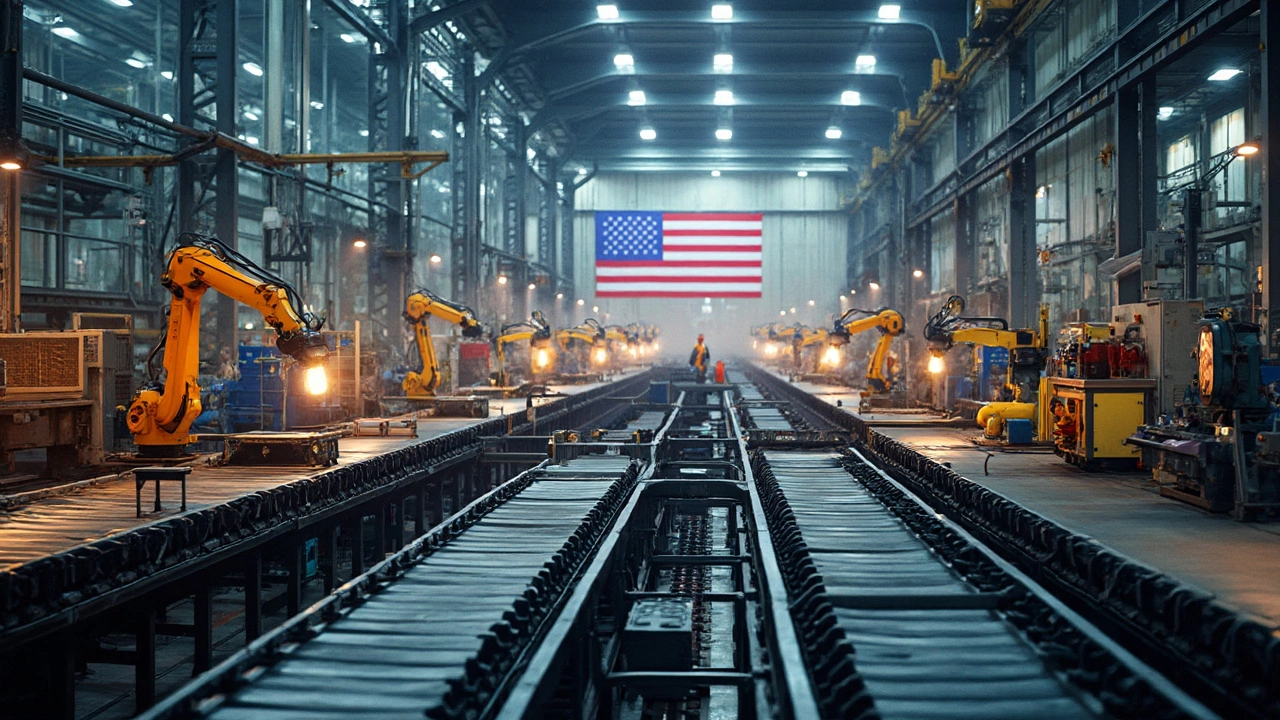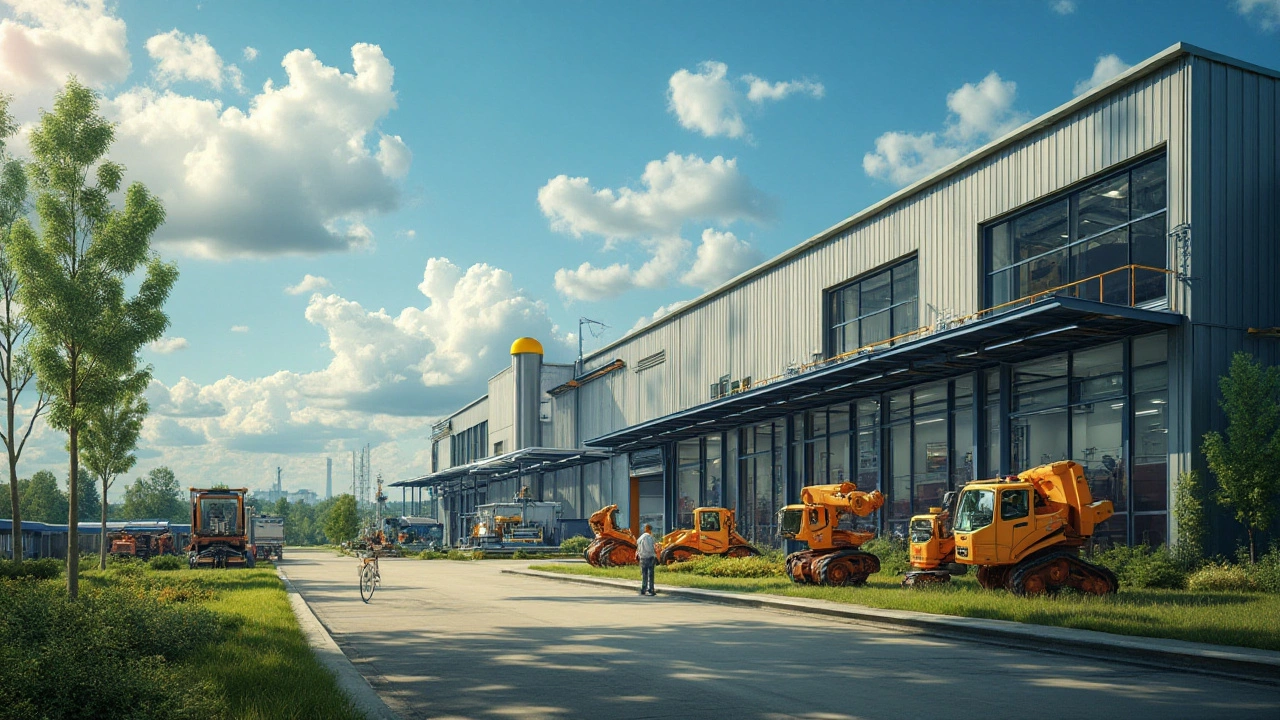USA Manufacturing, Trade and Industry Insights
Thinking about the United States as a manufacturing hub? You’re not alone. From steel towns to high‑tech machinery imports, the US shapes global supply chains in ways that matter to anyone who buys or sells products worldwide. This page pulls together the most useful articles, data points, and quick takeaways so you can see the big picture without wading through endless reports.
What’s hot in US manufacturing right now?
One of the first things that comes up is the steel legacy of cities like Pittsburgh. The “Steel City” nickname isn’t just history; it reflects a network of mills, research labs, and skilled workers that still drive a big chunk of US steel output. Meanwhile, places like Birmingham, Alabama, keep the rust‑belt spirit alive with specialty alloys and niche production.
Beyond steel, machinery imports tell a story of global interdependence. In the latest trade data, countries such as Germany, Japan, and China top the list of suppliers to US factories. Those imports include everything from CNC machines to advanced robotics, helping American plants stay competitive while also raising questions about supply‑chain resilience.
Another trend worth noting is the growing focus on sustainability. More US manufacturers are adopting lean principles and cutting the classic “seven wastes” to boost efficiency and lower emissions. The shift isn’t just about saving money; it’s responding to stricter environmental regulations and consumer demand for greener products.
How US trade shapes global supply chains
When you look at US machinery imports, you see a clear pattern: the US relies heavily on a handful of exporting nations. This reliance means that any policy change—tariffs, export controls, or geopolitical tension—can ripple through industries worldwide. For example, a sudden duty on Chinese machine tools could push US factories to seek alternatives, potentially boosting suppliers in Europe or Southeast Asia.
On the flip side, the US also acts as a major market for foreign manufacturers. Companies from Italy, South Korea, and Canada find a ready buyer base in the US for high‑value components, especially in aerospace and automotive sectors. Those sales keep foreign plants humming and create jobs on both sides of the border.
Data on top export countries to the US shows a steady rise in high‑tech equipment, reflecting the country’s push toward Industry 4.0. Smart sensors, IoT platforms, and AI‑driven quality control tools are becoming common purchases, driving innovation not just in the US but across the supply chain.
For businesses looking to tap into the US market, the key takeaway is to stay agile. Track import trends, watch policy news, and align product specs with the latest US standards. Doing so can turn a potential hurdle into a growth opportunity.
In short, the United States remains a pivotal player in global manufacturing and trade. Whether you’re a supplier, a buyer, or just curious about how products move from factories to shelves, the articles linked on this page give you the facts you need to make smarter decisions.

Manufacturing Leader: Which State Tops the List?
Discover which state leads the nation in manufacturing output and jobs. This article digs into why that state holds the top spot, including government programs and real numbers. Find out how local policies shape success on the factory floor. See how other leading states compare, and pick up tips if you want your business to tap into these hot areas. Get a real-world take on America’s manufacturing engine.

Discovering Affordable Manufacturing Hubs in the USA
Exploring the most cost-effective places for manufacturing within the United States can greatly benefit startups and businesses aiming to reduce expenses. This article highlights regions known for their affordability in terms of setup costs, labor, and resources. While providing insights into the economic factors influencing these locations, it also considers the advantages of local incentives and infrastructure. The goal is to help entrepreneurs make informed decisions about where to establish their manufacturing facilities in order to maximize efficiency and sustainability.

